Tag: hypertension
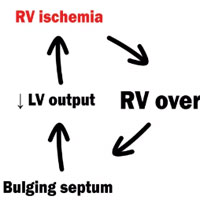
Resuscitation of Pulmonary Hypertension and RV Failure
A guide to the initial emergency department management of patients with pulmonary hypertension and right ventricular failure. It is very rare for my to write about pathophysiology, but understanding the pathophysiology of... read more
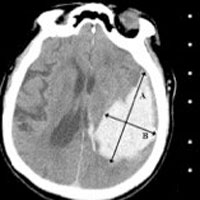
Emergency Management of Intracerebral Hemorrhage – The Golden Hour
There is a kind of self-fulfilling prognostic pessimism when it comes to Intracerebral Hemorrhage. And this pessimism sometimes leads to less than optimal care in patients who otherwise might have had a reasonably good outcome... read more
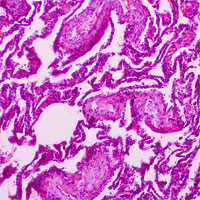
Johns Hopkins Investigators Unravel Biological Roots of Pulmonary Hypertension
Working with cells that line the innermost layer of the blood vessels, Johns Hopkins investigators say they have made a leap forward in understanding the underlying biology behind pulmonary hypertension, a dangerous type... read more

Intra-Abdominal Hypertension Is More Common Than Previously Thought
Intra-abdominal hypertension is common in both surgical and nonsurgical patients in the intensive care setting and was found to be independently associated with mortality. Despite prior reports to the contrary, intra-abdominal... read more
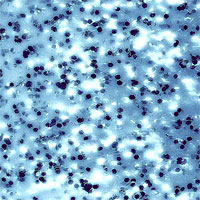
Association Between Continuous Hyperosmolar Therapy and Survival in Patients with TBI
Intracranial hypertension (ICH) is a major cause of death after traumatic brain injury (TBI). Continuous hyperosmolar therapy (CHT) has been proposed for the treatment of ICH, but its effectiveness is controversial. We compared... read more

R.E.B.E.L. EM – Fluid Responsiveness and the Six Guiding Principles of Fluid Resuscitation
Fluid resuscitation is a crucial aspect of emergency and critical care. Since the advent of the concept of early goal-directed therapy, we have placed a huge emphasis on aggressive fluid resuscitation in patients with severe... read more

Hospitalist Tackles Chronic Disease With Food Pharmacies
Before January 2017, Rita Nguyen, MD, was "pretty much like any other academic hospitalist," she says. In the hospital, she could provide excellent care to patients, but once they were discharged, many didn't have the necessary... read more

The Iatrogenic Potential of the Physician’s Words
Some of the information that physicians convey to their patients can inadvertently amplify patients' symptoms and become a source of heightened somatic distress, an effect that must be understood by physicians to ensure optimal... read more

Prognostic Effect and Longitudinal Hemodynamic Assessment of Borderline Pulmonary Hypertension
Borderline PH is common in patients undergoing RHC and is associated with significant comorbidities, progression to overt PH, and decreased survival. Small increases in mPAP, even at values currently considered normal, are... read more
We Need to Talk About Trauma
One of the most haunting images from my time as a junior doctor working in Hackney in the mid-1990s was in an A&E (emergency) department while we tried to resuscitate a man in his 40s. In the corner of the room stood two... read more

Intra-Abdominal Hypertension and Abdominal Compartment Syndrome
Intra-abdominal hypertension (IAH) and abdominal compartment syndrome are increasingly recognized in both medical and surgical critically ill patients and are predictive of death and the development of acute kidney injury.... read more

Lowering systolic blood pressure would save more than 100,000 lives per year, study finds
Intensive treatment to lower systolic (top number) blood pressure to below 120 would save more than 100,000 lives per year in the United States, say scientists. Two thirds of the lives saved would be men and two thirds would... read more

The New Blood Pressure Guidelines
The last time a major updates to the identification, classification and treatment of high blood pressure (hypertension) was 2003. Finally, the long anticipated updated comprehensive guidelines were released earlier this month... read more
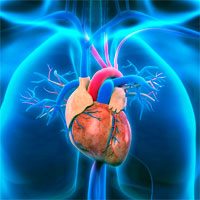
PAH Associated With Systemic Lupus Erythematosus
Patients with SLE-PAH have an overall 5-year survival rate of 83.9% after the Pulmonary Arterial Hypertension (PAH) diagnosis. Anti-SSA/SSB antibodies may be a risk factor for PAH, and the presence of anti-U1-RNP antibodies... read more







